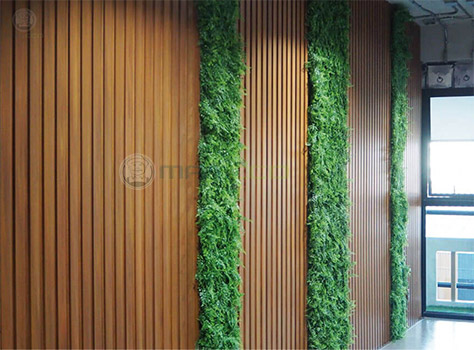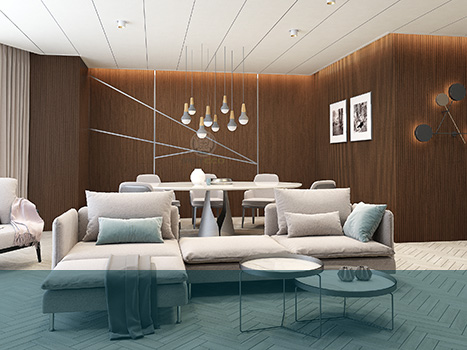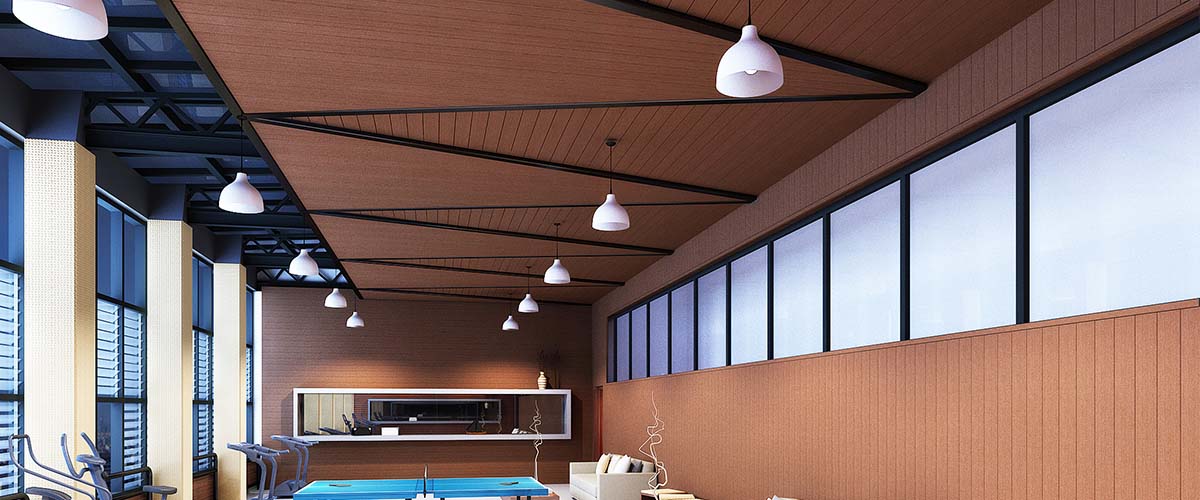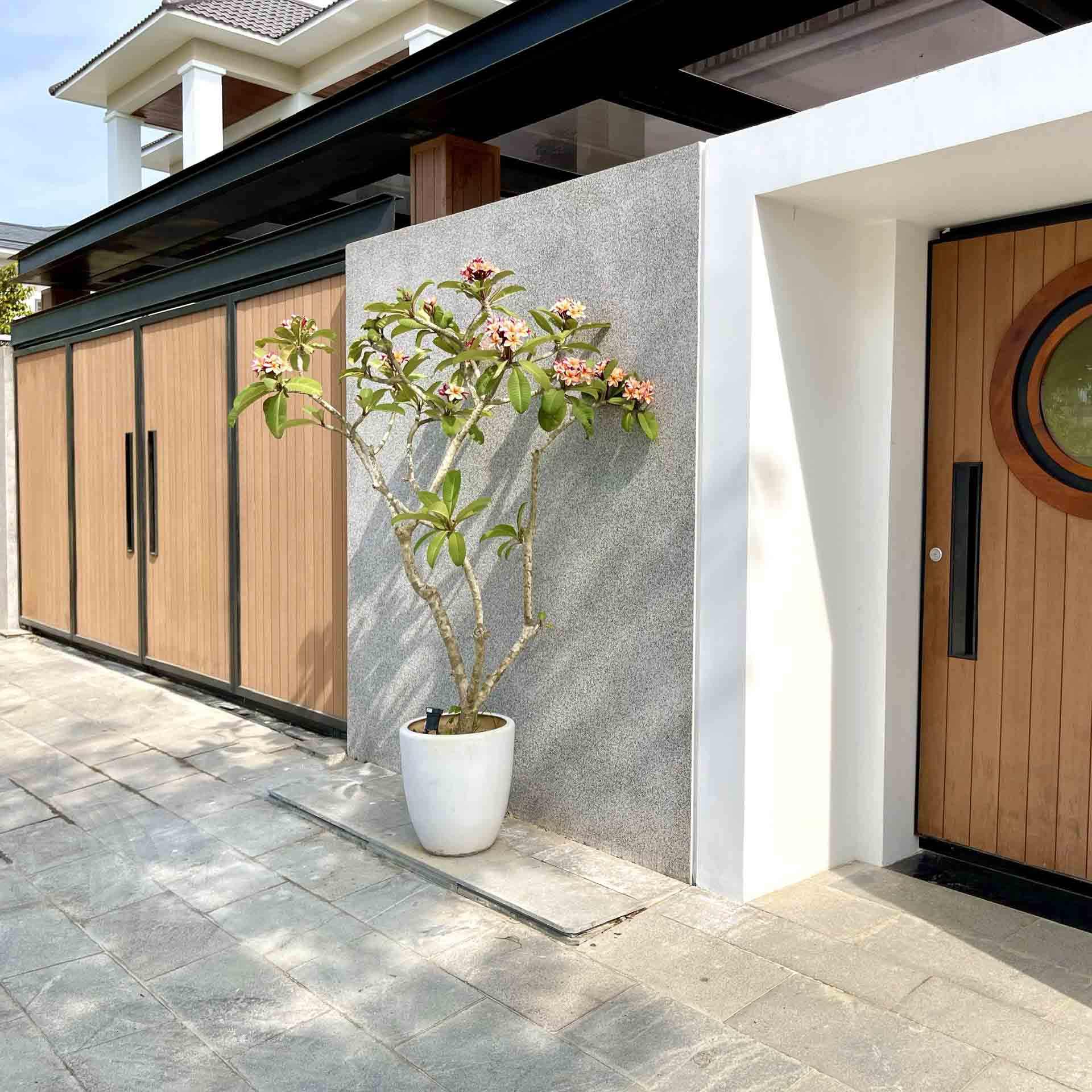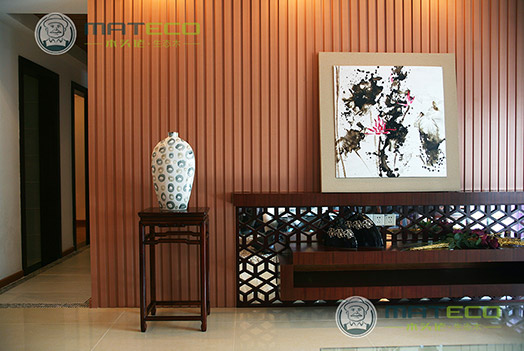Why Fluted Panels Matter in Architecture and Design?
Have you ever considered what lies at the intersection of beauty, function, and sustainability in modern architecture? One answer: WPC fluted panels. Often overlooked, these sleek, grooved surfaces are transforming the design landscape, quietly shaping the spaces we live and work in.
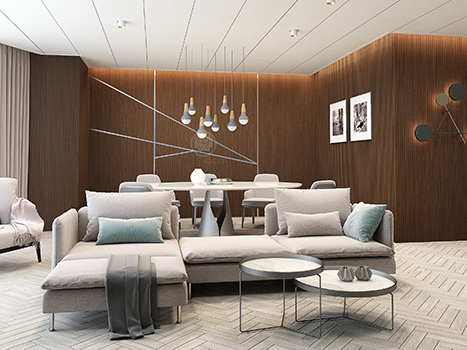
Table of Contents
The Evolution of WPC Fluted Panels
WPC fluted panels are the result of decades of material innovation aimed at balancing aesthetics, sustainability, and structural performance. Originally developed as a response to the limitations of traditional timber and metal, WPC panels combine natural fibers with thermoplastics to offer a durable, weather-resistant solution.
Modern WPC fluted panels, like those from MATECO WPC, are shaped through precision extrusion processes, enabling consistent finishes, fine texture replication, and adaptability for diverse installation requirements. Today, they are a go-to material for both interior and exterior use in commercial and residential developments.
Key Benefits of WPC Fluted Panels
Durability & Low Maintenance: Resists moisture, rot, termites, and decay far better than natural wood, making them ideal for both interior and exterior use.
Sustainability: Made with recycled wood fibers and plastics, they reduce dependence on virgin resources and often result in fewer emissions during production.
Versatility in Design: Available in a wide range of colors, textures, and sizes to suit any design vision—whether mimicking natural wood or embracing contemporary finishes.
Applications in Modern Architecture
Exterior Cladding: Provides a warm, natural look with UV resistance and weatherproof performance.
Interior Design: Enhances wall accents, ceilings, and partitions while improving acoustics and energy efficiency.
Whether in residential, commercial, or public projects, WPC fluted panels deliver both visual impact and functional performance.
Aesthetics and Design Possibilities
WPC fluted panels replicate the appearance of wood, stone, or brick while offering lighter, more durable alternatives. They allow for custom patterns, curves, and geometric forms—perfect for feature walls, creative ceilings, or even furniture applications.
Their compatibility with various finishes and colors ensures standout spaces, from cozy cafes to modern lobbies.
Conclusion
WPC fluted panels are more than just a design feature—they’re a revolution in how we build and beautify spaces. Combining aesthetics, durability, and sustainability, they provide architects and designers with a powerful tool.
If you are looking for a WPC manufacturer, MATECO WPC will be your best choice.
WhatsApp: +86-13380085620
Email: info@matecowpc.com




